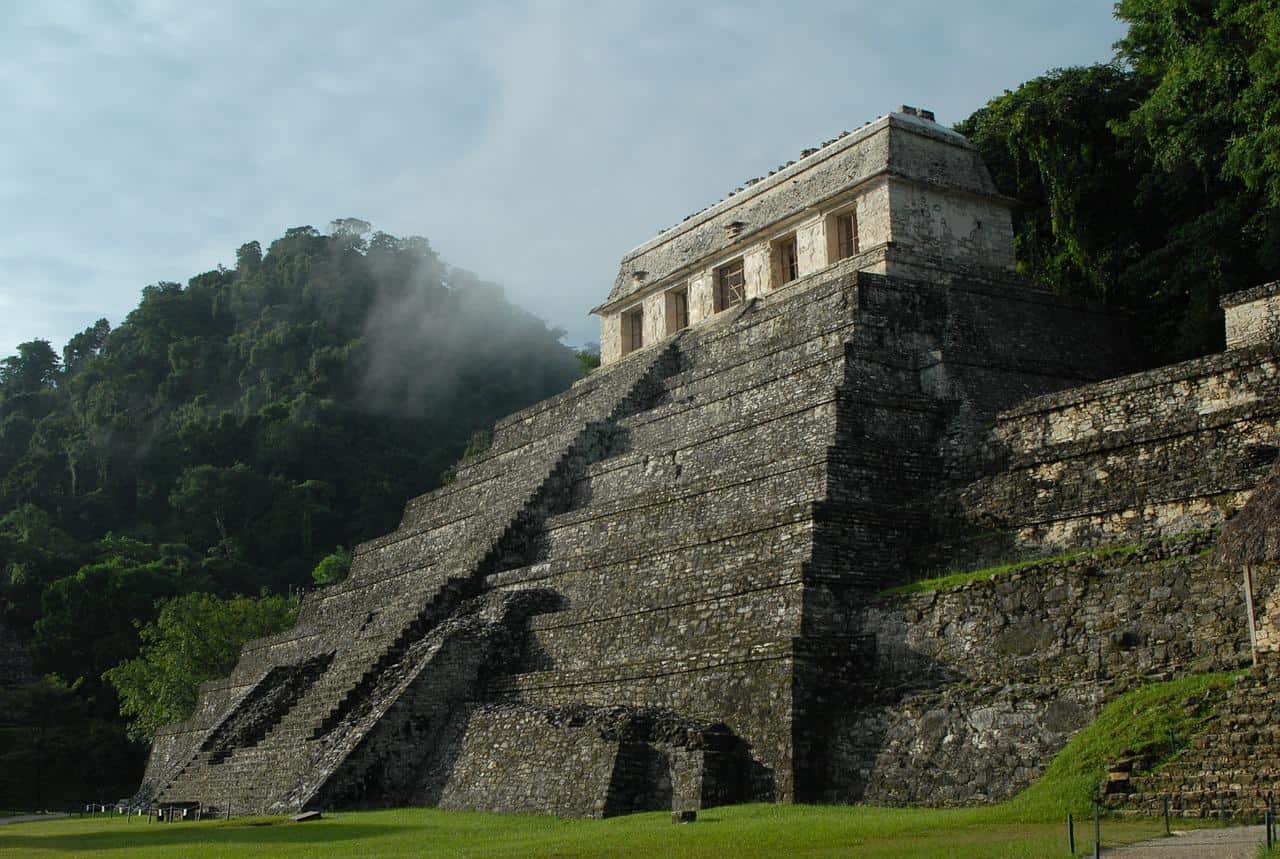Long periods of drought, caused by less rainfall, made living in Mayapan increasingly difficult for its residents.
Ancient civilizations like the Mayans in Mesoamerica continue to fascinate us and for good reason: their achievements, belief systems and ways of life are unique stages in human history. How these civilizations collapsed can also hold lessons for us in trying to avoid a similar fate.
For a new study, published in the journal Nature Communications, a team of researchers has examined the role that a changing climate played in the demise of Mayapan, the post-classic capital of the Maya people in the Yucatán Peninsula in the 13th and 14th centuries.
“We present a transdisciplinary case study that combines archeological, historical, and paleoclimate datasets to explore the dynamic, shifting relationships among climate change, civil conflict, and political collapse at Mayapan,” the scientists explain.
“We argue that prolonged drought escalated rival factional tensions, but subsequent adaptations reveal regional-scale resiliency, ensuring that Maya political and economic structures endured until European contact in the early sixteenth century CE,” they elucidate.
Long periods of drought, caused by decreases in rainfall, made living in Mayapan increasingly difficult for its residents, triggering social conflicts over limited resources. Water scarcity also negatively affected crop yields. That in turn increased tensions and triggered violent episodes.
During a period lasting a half century from around 1400, people were forced to abandon the city in droves and relocate to a scattering of smaller settlements. “Our findings support Mayapan’s storied institutional collapse between 1441 and 1461 CE, a consequence of civil conflict driven by political rivalry and ambition,” the scientists observe.
“A period of political balkanization” followed after around 1450, which “preserved complex organizational institutions and fostered a resilient, peninsular-wide market economy observed at European contact in the early 16th century CE,” they explain.
Interestingly, a similar scenario played out around the same time across the planet in what is now Cambodia where the Angkor Empire, too, succumbed to the vagaries of a changing climate and attendant social conflicts.
Just as the residents of Angkor, so the people of Mayapan did their best for a while to try and adapt to changing climatic conditions, but in the end they lost their battle against nature.
The findings of this study are in line with an earlier one that has likewise shown that fluctuations in water sources led to social changes in Mayan societies.
“Sometimes things in Maya cities were good, and sometimes people seem to disperse out into the countryside,” explained Marek Stastna, a professor of applied mathematics at the University of Waterloo who was a co-author of a study on inland tidal oscillations within the Yucatan Peninsula.
“[Our] research suggests it was to do with regular access to freshwater. The water stops being good for drinking and even stops being useful for irrigation. When you can’t irrigate your crops, you can’t have a city of 40,000, like some of the Maya cities were,” Stastna said.
This story first appeared on Sustainability Times
Photo: Pixabay/Connectingdots
© 2022 Sustainability Times.
This article is licensed under a Creative Commons Attribution-ShareAlike 4.0 SA International License.












